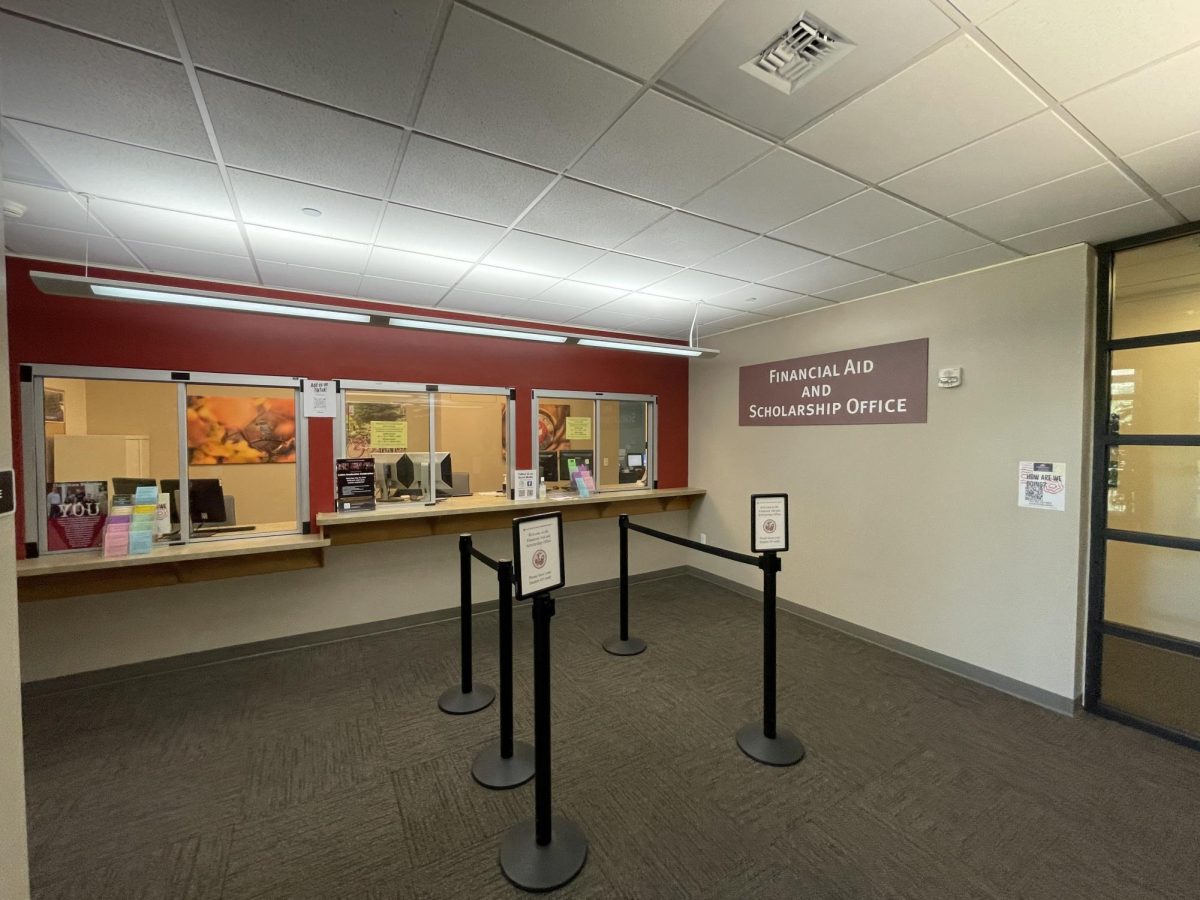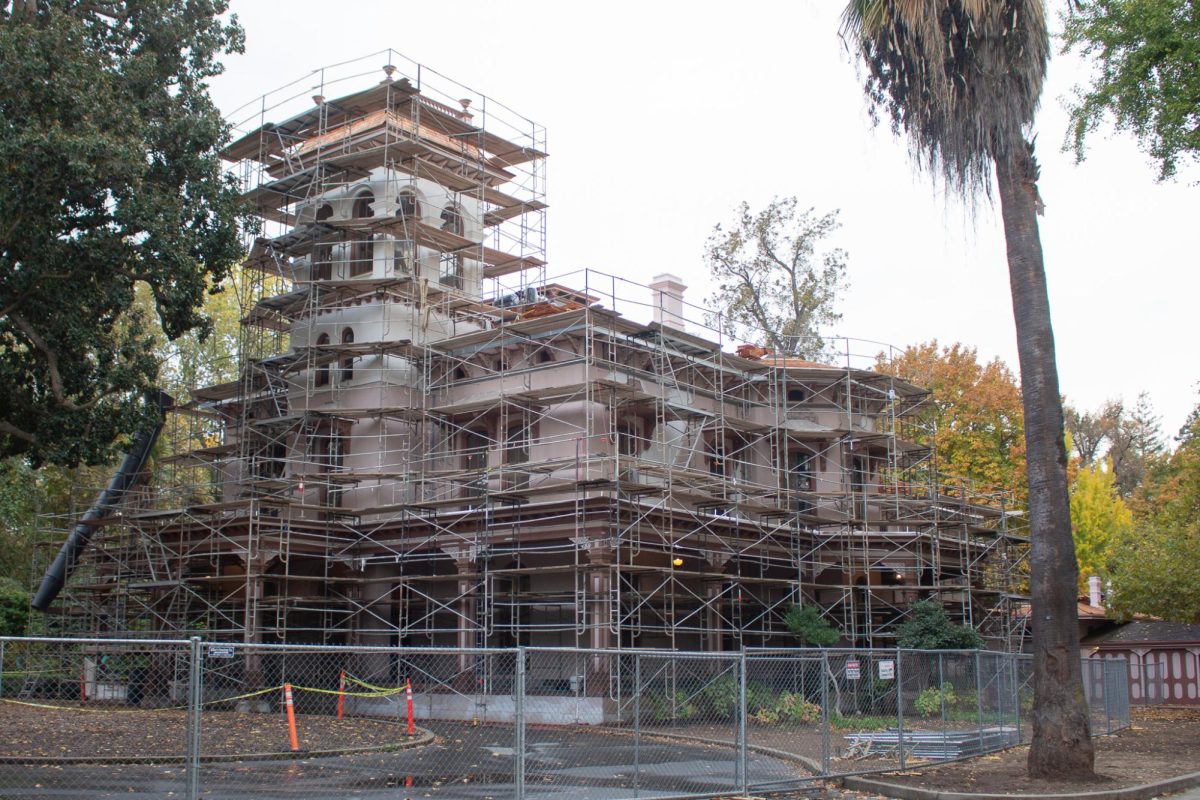Students rushed to submit their Free Application for Federal Student Aid applications on May 2 for the 2024-2025 academic year’s priority deadline. The process leading up to this deadline was fraught with an unprecedented level of filing difficulties.
The FAFSA Simplification Act passed in 2020 ushered in a new method and formula for application filing and aid calculation.
One particularly dramatic change within the new method of filing is that all students, their parents and spouses, are required to enter their IRS information regardless of whether or not any of these family members are a tax filer.
This has disproportionately impacted students from “mixed-status” families, or families in which one or more parents lack a social security number.
Up until 2023-2024, one could file a FAFSA without IRS data synchronization. Parents who did not have a social security number were able to sign a signature page after their student submitted the FAFSA application online.
This year, students whose parents lack a social security number must now go through an identity verification process, one that has been reportedly fraught with difficulty.
“Other years we have been able to send a physical signature to the office in order to get the FAFSA processed with no SSN so it was so much easier and less of a hassle to get verification,” said Chico State finance student Lisbeth Estrada whose parent’s account took over a month to activate. “I have been back and forth for hours with customer service and they don’t give a concurrent answer. They can’t help as they themselves have no idea on how to help since they assume the website has all the information needed to be able to solve issues.”
Chico State student and psychology major Fabiola Solorio-Mendoza said this issue has been particularly impactful to Educational Opportunity Program, EOP, students.
“I know most people who are in EOP have struggles. They would make us call a certain number and there would be times where they left us on hold for hours. I called one time for four hours and the information that they gave me was incorrect & then I had to call again for another five hours until they helped me,” Solorio-Mendoza said.
This structural change to the FAFSA delayed application rollout from its usual Oct. 1 date to Dec. 31. This, among other issues including website glitches and a lag in processing time by the Department of Education, prevented institutions from receiving students’ financial aid data until March.
Other issues involve how aid is calculated. Financial Aid and Scholarship Office Director Kentiner David said the inflation rate calculation tables used to determine the inflationary adjustment of allotment amounts were not updated under the new FAFSA system and as such, the Department of Education and Universities have had to recalculate millions of applications.
Incoming first-year students had to meet the May 2 FAFSA priority submission deadline to be eligible for state-awarded aid.
Due to the impediments to FAFSA filing, California Governor Gavin Newsom collaborated with the California Student Aid Commission and the University California and Cal State systems to allow students to file a California Dream Act application in place of the FAFSA to ensure student’s ability to access state funds. The Dream Act is typically reserved for undocumented students.
On May 1, the CDAA filing option was also made available to returning California college students as well to ensure their eligibility in accessing all state-issued aid.
The same day, FAFSA began allowing students from ‘mixed-status’ families to file their FAFSA while their parents who lacked a SSN awaited verification.
David urges all incoming and returning Chico State students who filed a CDAA in place of a FAFSA, to complete their FAFSA as quickly as possible or risk missing out on federal aid.
David says one of the many intended benefits of the new FAFSA application process was to reduce the number of application questions from 104 to 46, however that also required the Department of education to reorchestrate the calculation process and the filing structure. David said the changes were intended to make more students eligible for the federal Pell Grant program, which he believes will ultimately be the case.
David started in the Chico State Financial Aid office as a work-study student in 1991. He says the current change in financial structure is the biggest change he has ever witnessed in his time in the department.
Chico State received their first student aid calculations from the Department of Education on March 15. Due to the processing delay hindering potential incoming students from adequately accessing the financial information of their available collegiate options, Chico State has adjusted their ‘intent to enroll date’ to June 1.
Shane Aweeka can be reached at [email protected].











